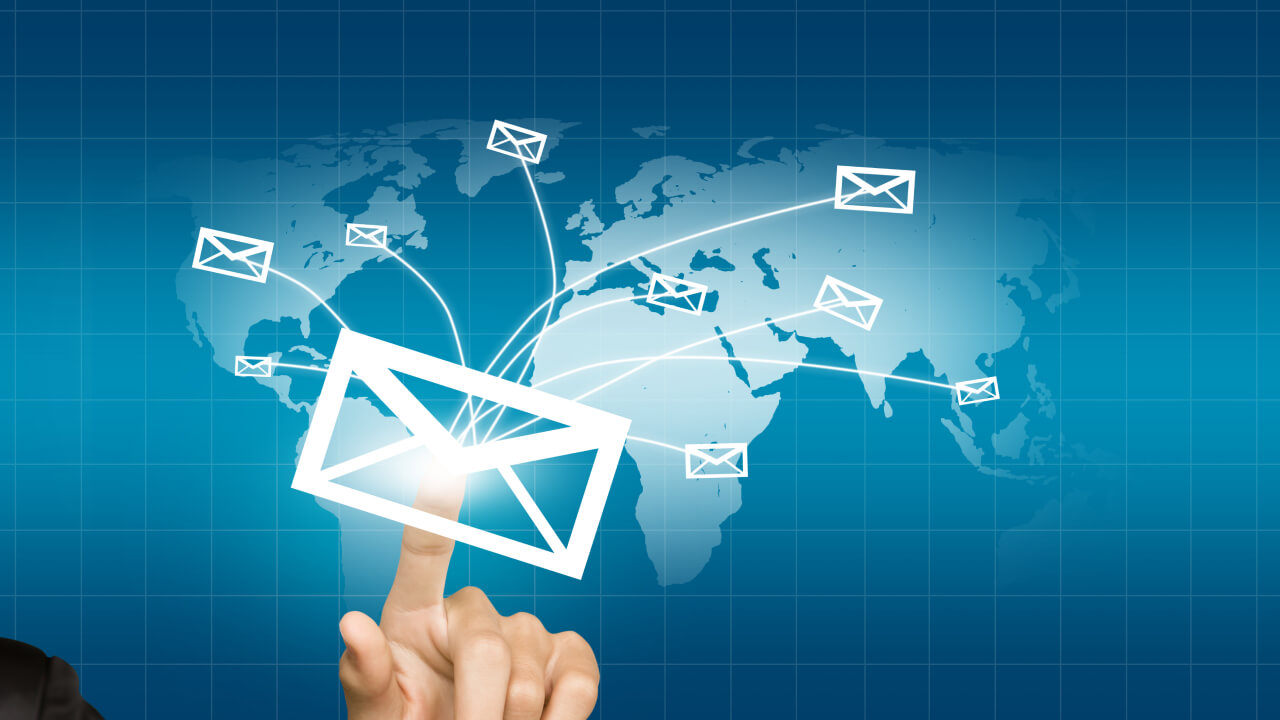In a digital world filled with constant notifications and endless ads, email marketing remains one of the most powerful tools for connecting with your audience. Email marketing is affordable, easy to personalise, and gives some of the best results compared to other marketing methods.
Whether you're a small business owner, startup founder, content creator, or marketer, knowing how to use email marketing effectively can help you build strong customer relationships, generate leads, and increase sales.
This guide will walk you through the fundamentals of email marketing from building your list to crafting compelling messages and tracking performance.
1. Why Email Marketing Still Works
You might wonder: with social media and AI chatbots, is email still relevant?
The answer is yes more than ever.
Here’s why:
- Over 4 billion people use email daily.
- For every $1 you spend on email marketing, you can earn around $36 back on average.
- With email, you control your audience unlike social media, where followers can be lost due to algorithm changes.
- Emails reach your audience directly, no distractions, no noise.
If you want direct access to your audience and control over your message delivery, email marketing is a must
2. Choose the Right Email Marketing Platform
Before you send your first campaign, you need a platform to manage your email marketing efforts. These platforms allow you to collect contacts, design emails, schedule sends, and track results.
Popular email marketing tools:
- Mailchimp (great for beginners)
- ConvertKit (ideal for creators and bloggers)
- ActiveCampaign (advanced automation features)
- Brevo (formerly Sendinblue) (affordable and scalable)
Choose a tool based on your business needs, audience size, and desired automation features.
3. Build and Grow Your Email List
You can’t do email marketing without a list but avoid buying email addresses. That’s a surefire way to damage your brand and risk spam reports.
Ways to build your email list organically:
- Place a sign-up form on your website or blog so visitors can join your email list.
- Offer a freebie (like an eBook, checklist, or discount) in exchange for email addresses
- Run contests or giveaways
- Promote your newsletter on social media
- Use popups or slide-ins at the right time (not too aggressive!)
Make sure to get permission before adding anyone to your list; this is key for legal compliance and engagement.
4. Know Your Audience and Set Goals
Email marketing isn’t one-size-fits-all. To make it work, you need to know who you’re emailing and why.
Ask yourself:
- Are you trying to reach new customers, current ones, or both
- Do you want to drive sales, educate, promote content, or build loyalty?
- What value can you provide to your subscribers?
Segment your audience into categories like new subscribers, frequent buyers, or inactive users to send more relevant emails.
Craft Compelling and Valuable Emails
Once you know your audience and goals, it’s time to write emails they’ll want to open and click.
Tips for writing effective marketing emails:
- Subject line matters: Keep it short, clear, and curiosity-driven.
- Personalise: Use the subscriber’s name and tailor the content to their needs.
- Add value:Teach something, entertain, or solve a problem.
- Include a clear call-to-action (CTA): Tell them exactly what to do next — like “Shop Now”, “Read More”, or “Book a Call”.
- Keep it mobile-friendly: Most users open emails on their phones.
Consistency also matters. Send emails regularly whether it’s weekly, bi-weekly, or monthly so your audience remembers who you are.
Also, read more about the What is The Most Important Metric in Email Marketing
5. Automate to Save Time and Increase Engagement
One of the best things about modern email marketing is automation. Email automation lets you deliver the right message at the perfect time automatically.
Examples of automated email workflows:
- Welcome Series: Introduce new subscribers to your brand
- Abandoned Cart Emails: Remind customers to complete their purchase
- Post-Purchase Follow-ups:Teach something, entertain, or solve a problem.
- Re-engagement Campaigns: Bring back inactive subscribers
This helps you deliver timely, relevant communication and keeps your brand top of mind.
6. Analyse and Optimise Your Campaigns
Don’t just hit "send" and forget it. One of the most powerful parts of email marketing is that you can track what works and what doesn’t.
Key email metrics to track:
- Open Rate: How many people opened your email
- Click-Through Rate (CTR): How many clicked on a link
- Conversion Rate: How many completed a goal (e.g., a purchase)
- Unsubscribe Rate: If too high, your content may not be relevant
Use these insights to tweak your subject lines, timing, layout, and messaging to continuously improve results.
7. Bonus Tips for Email Marketing Success
- Test everything: A/B test subject lines, CTAs, or layouts to see what performs best.
- Keep it legal: Follow GDPR, CAN-SPAM, and other email laws. Always include an unsubscribe option.
- Clean your list: Remove inactive users regularly to maintain deliverability and engagement rates.
- Brand your emails Use your logo, colours, and tone of voice to build recognition.
Final Thoughts
Email marketing may be one of the oldest digital channels, but it’s far from outdated. When done right, it can help you nurture relationships, build trust, and drive consistent revenue all while offering a personalised experience that your audience values.
Start small, focus on value, and optimise as you grow. The more you understand your audience and tailor your messaging, the better your results will be.
Whether you're running a local business, launching a new product, or building a personal brand, email marketing can be the secret weapon behind your success.




